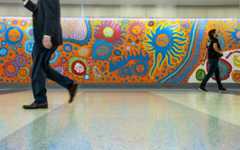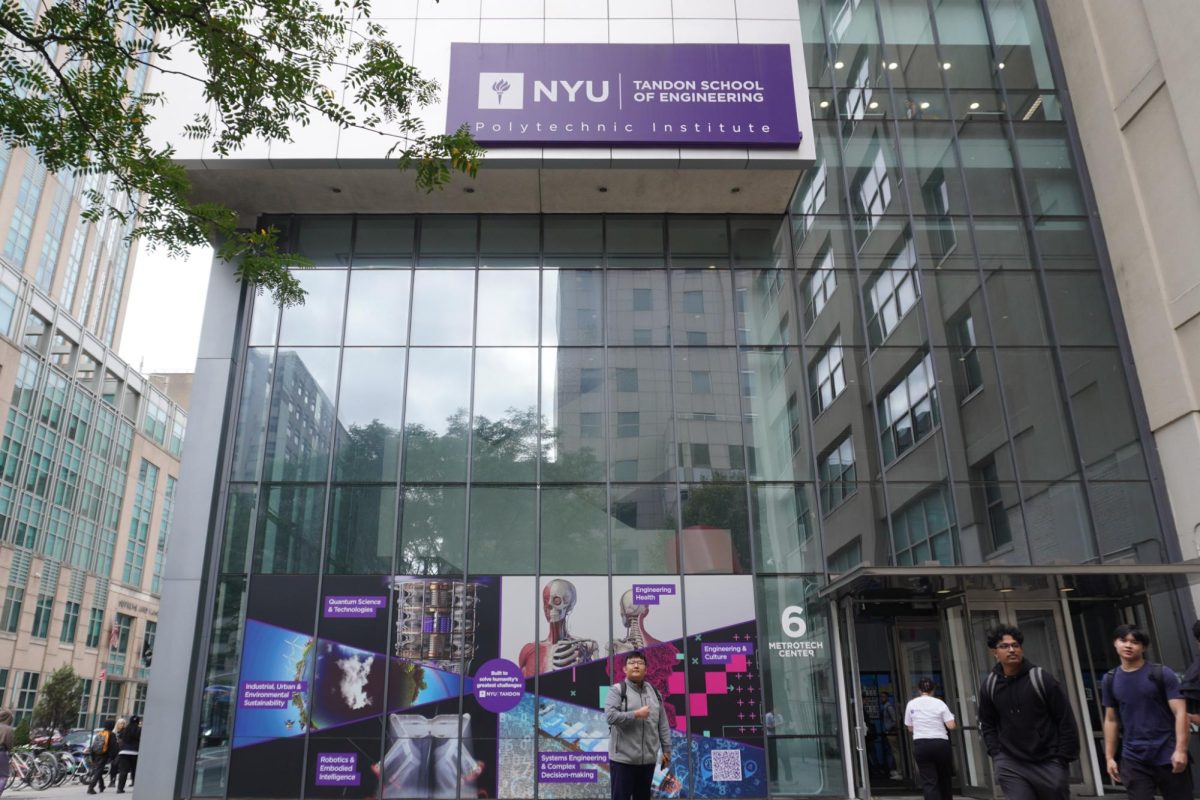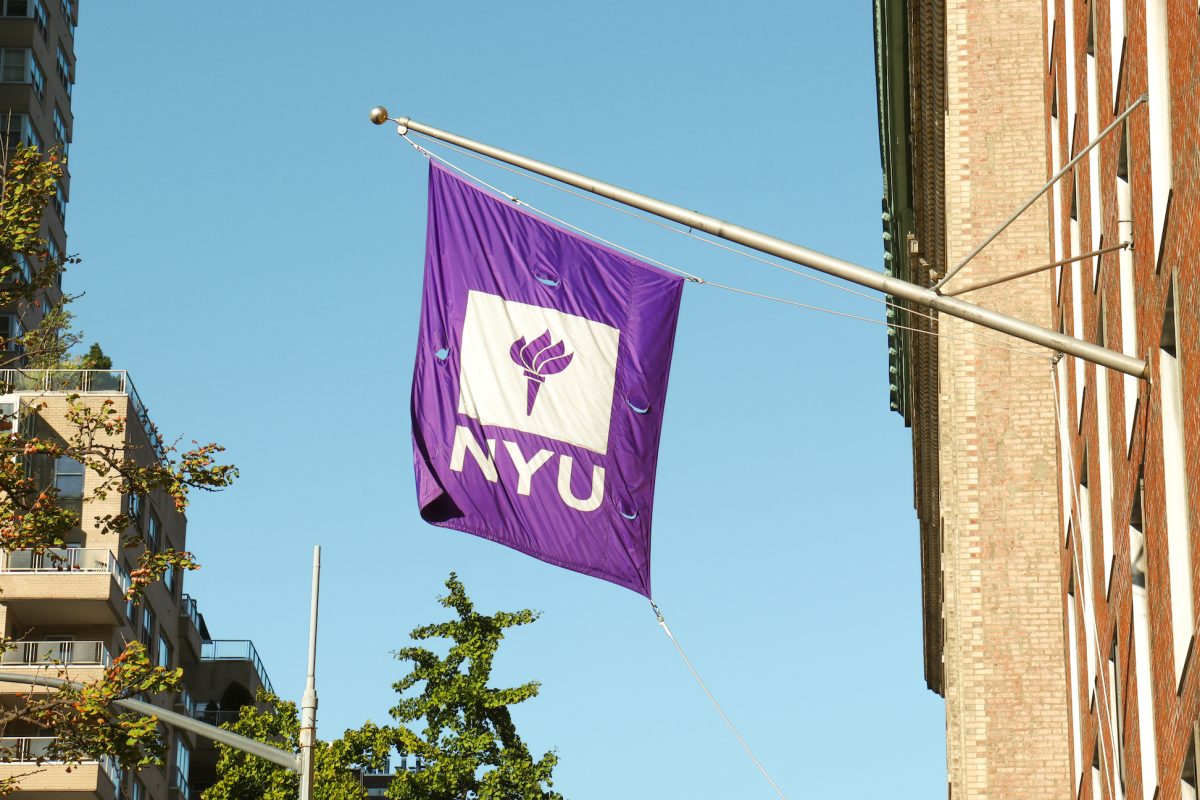Urban health care can’t keep up, Tandon study finds
Tandon researchersfound that medical specialists can’t keep up with rapidly growing populations in larger cities, resulting in longer wait-times and bounced referrals that most prominently affect elderly patients.
Researchers used the urban scaling theory — a formula that analyzes how urban indicators, such as economic activity, crime and infrastructure, change along population size— to examine whether specialists grow faster or slower than the population in their cities. TheSeptember study examined 75 medical specialties across nearly 900 cities, and collected data from more than 1.4 million health-care providers nationwide, finding that large metropolitan areas are unprepared to sustain their growing populations’ medical needs due to limited specialists.
New York City in particular, offers access to 74 out of the 75 specialty providers tracked in the study but has only 4.7 specialists per 1,000 residents, which researchers say undermines care for conditions common among older adults. Patients in larger cities may also face challenges such as bounced referrals and an overreliance on primary care doctors to manage chronic illnesses.
“We observed that providers related to geriatric care — like urology or gerontology specialists — don’t scale up as quickly as city populations grow,” lead author and Tandon Ph.D candidate Tian Gan told WSN. “Older adults, who often need continuous and specialized care, may face longer wait times and more difficulty accessing the right specialist.”
Researchers also used the data to identify the most underrepresented and overrepresented specialties in metropolitan cities, with the former being addiction and preventive medicine and the latter being Anesthesiology and Internal Medicine. Gan said that the results emphasize the need for cooperation between urban planning and health policy to address the limited access to providers that urban residents face.
Researchers focused on challenges within cities, rather than drawing comparisons between rural and urban environments, which vary by population. Gan noted that future implications include “medical tourism,” which means patients must resort to traveling to specialized centers outside of their neighborhoods to receive faster care. She said future research on travel patterns could clarify how urban residents adapt to shortages in health care.
“Most studies on health care access focus on a simple rural-urban division. This misses the nuances of how specialty care is distributed across cities of different sizes,” Gan said. “Urban scaling theory offers a powerful framework — applying it to health-care specialists allowed us to quantify not just how many providers cities have but also how diversity and per-capita provision change with city size.”
Contact Angel Dilawar at[email protected].























































































































































